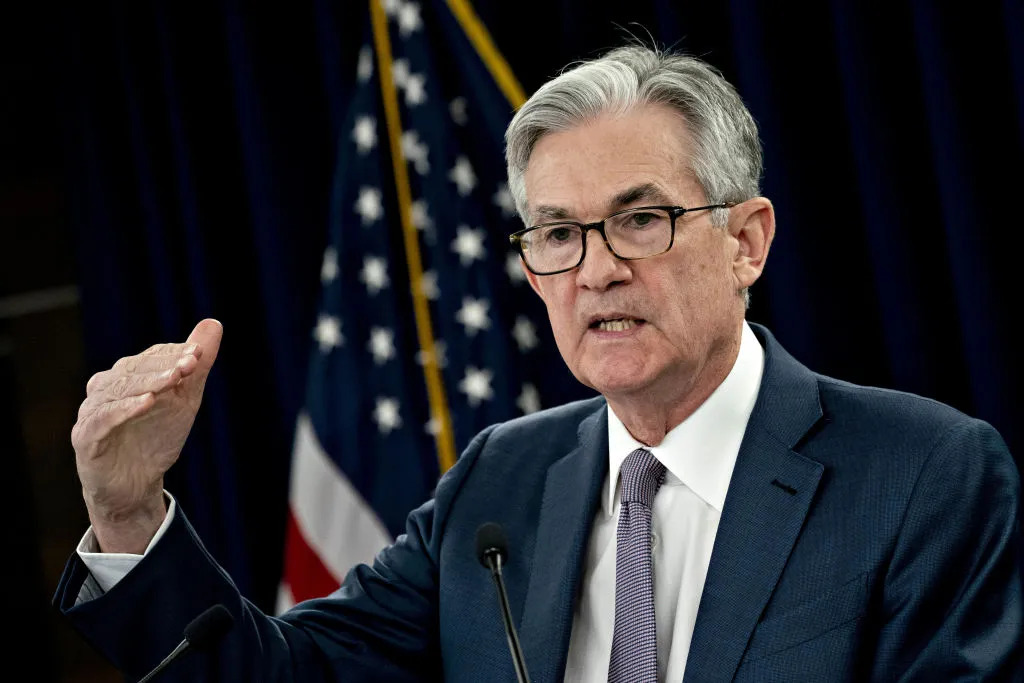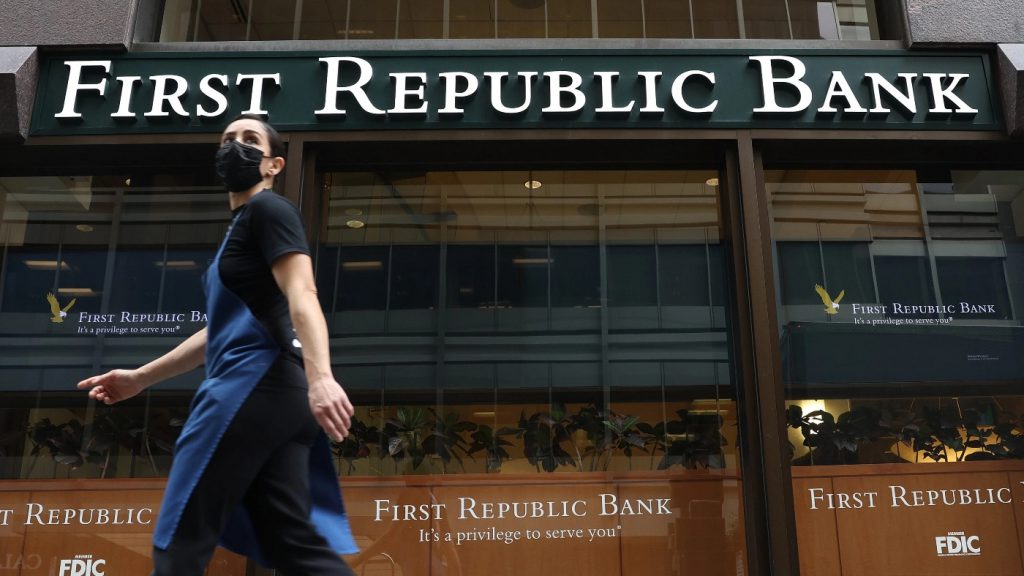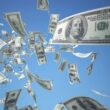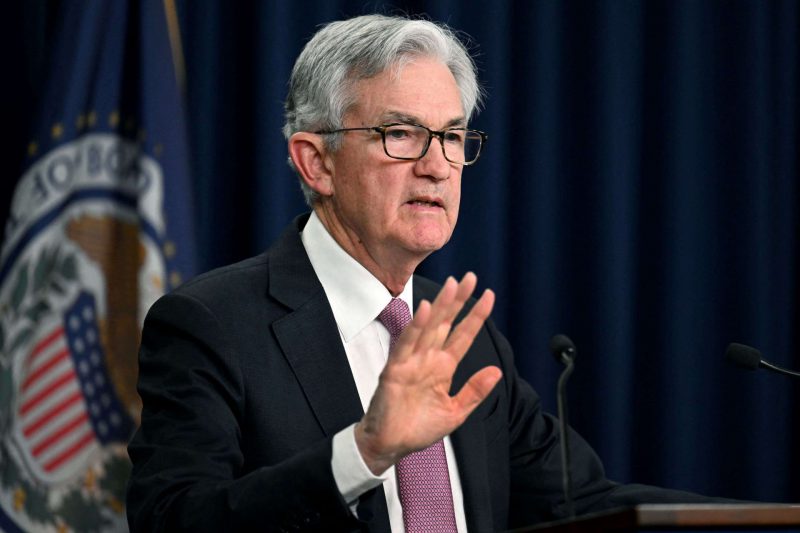The Federal Reserve has officially paused interest rates for the first time in almost a year. Subsequently, Fed chairman, Jerome Powell, has met with the media to discuss the decision, and what it means for the economy as we break down the FOMC Meeting of June 2023 and its key talking points.
The Fed opted to give the economy some reprieve from its year-long tightening campaign. Moreover, the decision was seemingly derived from the inflation data released earlier this year. Specifically, the data showed that inflation numbers have been losing steam, giving the Fed a window to pause its interest rate hikes for now.
So, let’s discuss Powell’s conversations with the media, and what his statements could mean.
Interest Rate Hikes Likely to Continue
Firstly, Powell discussed the process of pausing interest rates, and how the recent action does not determine the course the Federal Reserve will take in future meetings. Specifically, Powell discussed the tightening policy that has been in effect since last year, while stating. that the Fed believes more interest rate hikes are to come.
“Nearly all participants think further rate changes will be necessary,” Powell stated. Additionally, he stated, “We are highly attentive to the risks that high inflation poses to both sides of our mandate, and we are strongly committed to returning inflation to our 2% objective.”
“Nearly all committee participants expect that it will be appropriate to raise interest rates somewhat further by the end of the year,” Powell reiterated. Additionally, the FOMC, “judged it prudent to hold the target range steady to allow the committee to assess additional information and its implications for monetary policy.
Subsequently, Powell stated that it could be years before interest rate cuts begin. Although he noted that he “wouldn’t put too much weight on forecasts even one year out,” his stance remains. Thus, there is almost a guarantee that there will be consistent interest rate hikes in the coming meetings.
Why Pause At All?


One of the major points of contention from the media in attendance is why they paused at all. Specifically, if interest rate hikes are likely to occur in the future, what would be the benefit of waiting to see the market’s response and knowing what the action will be?
In response, Powell essentially stated the necessity to observe the “uncertain lags with which monetary policy affects the economy and potential headwinds from credit tightening,” in his answer. Nevertheless, he noted that the necessity to observe these lags informed the decision to pause.
Additionally, Powell noted that observing data in response to the hikes will be vital. Specifically, highlighting that maintaining rates at this meeting creates “a three-month period of data we can look at.” Then, the FOMC will monitor “the risk picture, what’s happening in the financial sector, the evolving outlook, and we’ll make a decision.”
The Banking Sector


One popular point of discussion following the FOMC meeting in June was regarding the banking sector. Specifically, in terms of some of the largest financial closures since the financial crisis of 2008. Closures that will undoubtedly impact the current economic situation of the country.
Powell discussed the events, noting that the Fed will observe their development carefully. He stated, “In terms of the events of March, as I mentioned earlier, we will be carefully monitoring the situation.”
Moreover, Powell noted, “As we see things unfold, as we see what’s happening with credit conditions,” they will factor into their interest rate decision. Moreover, he emphasized the observation of “macroeconomic implications,” regarding what action they take at the July meeting.





